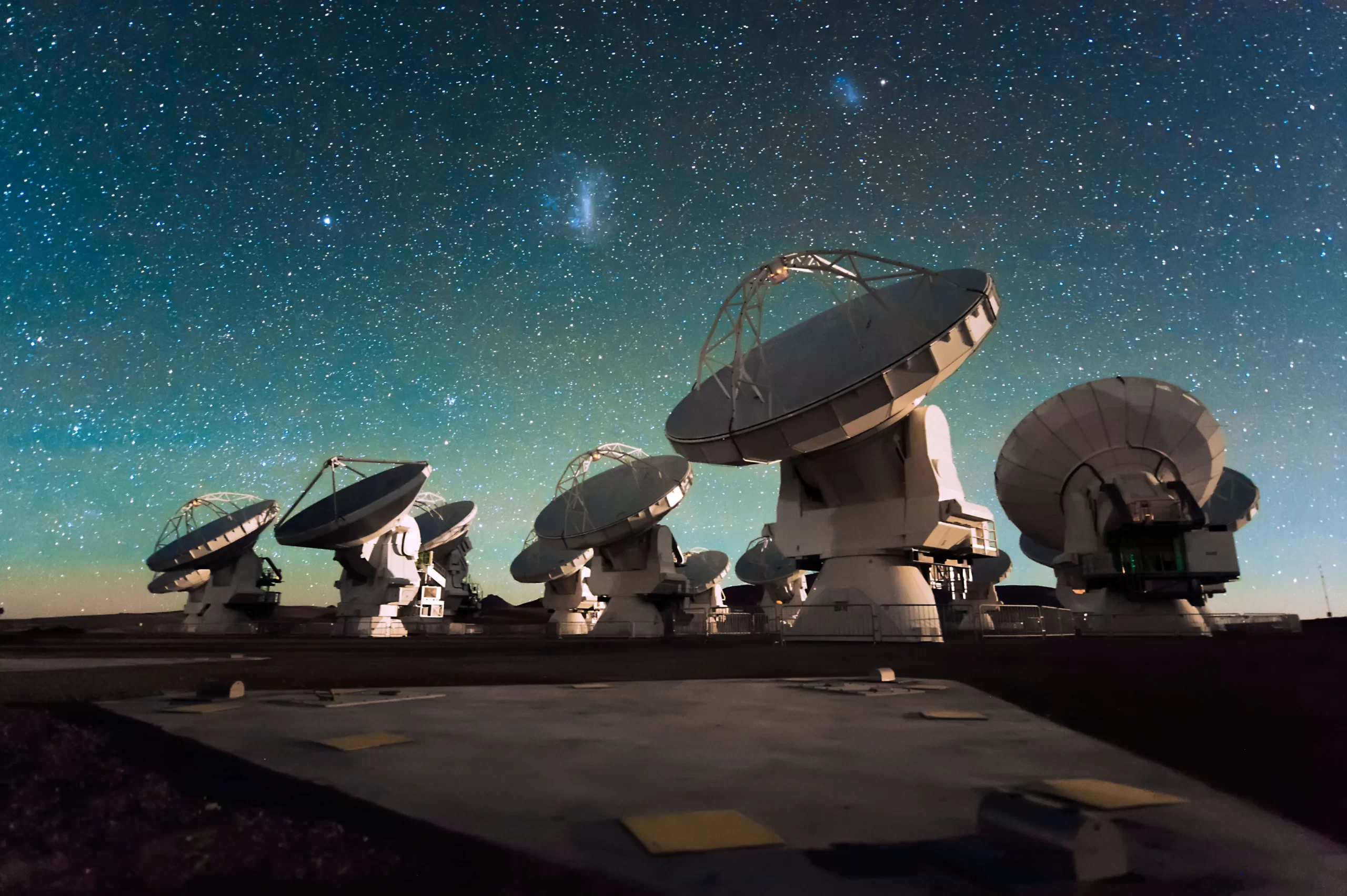New dedicated observatories and crowdsourced smartphone apps will study strange sightings in the sky. But questionable data quality and a lack of shared research standards remain key challenges
Look, up in the sky! It’s a bird! It’s a plane—or a weather balloon or a rocket or a satellite! No, wait! It’s—an interstellar probe from elsewhere in the galaxy?
As always, there is no shortage of mysterious things to see in Earth’s skies—and no shortage of potential explanations for them that don’t invoke alien civilizations frolicking between the stars. Scientists Try to Get Serious about Studying UFOs. Good Luck with That: So it has been throughout history, from biblical tales of angelic encounters to more modern accounts of flying saucers and other unidentified flying objects (UFOs).
But leaving aside the recent rebranding of UFOs to the more neutral term “unidentified aerial phenomena (UAPs), not everything about the perennial matter of airborne oddities is the same as it ever was. Overlapping waves of technological innovation have made flying machines—remote-operated drones, especially—much more capable and abundant, while also making smartphones and other sophisticated data-gathering equipment near-ubiquitous. Today pilots, military personnel and civilians alike have more ways than ever before to observe and record strange occurrences in the sky—and more reasons to take any unexplained sightings seriously. It should be no surprise, then, that there seems to be an interlinked uptick in UAP reports and in organized efforts to study them.
In the U.S., the upsurge of UAP encounters and government interest is palpable—underscored by the January 12 release of the unclassified version of an Office of the Director of National Intelligence (ODNI) report on UAPs to Congress. Future ODNI reports will appear annually, as required by a recently passed law from UAP-savvy legislators. “This increased reporting allows more opportunities to apply rigorous analysis and resolve events,” ODNI’s recently released report states. The agency coordinated it with the All-Domain Anomaly Resolution Office (AARO), which the Department of Defense formed last year to synchronize all its various efforts to study past and present reports of “anomalous, unidentified space, airborne, submerged and transmedium objects” and their associated implications for national security.
Beyond the realm of defense, other parts of the U.S. government are also increasing their investigations of UAPs. Last year NASA created a 16-member blue-ribbon UAP study team, which seeks to improve the scientific understanding of UAPs by scouring the space agency’s vast archives and assets, as well as other civilian and commercial data sources, for relevant sightings. The team’s nine-month Unidentified Anomalous Phenomena Independent Study is well underway. It aims to generate a roadmap of recommendations for potential further NASA UAP studies to follow, as well as a subsequent public report that will detail its findings.
Add to this a diverse, ever expanding mix of active private research efforts, and one might conclude we are witnessing a bold new era of UAP studies, in which robust scientific investigation at last supersedes decades of fruitless speculation and stigmatization. Then again, success is far from guaranteed. If the push for more and better studies yields no meaningful breakthroughs, this “bold new era” could instead be remembered as the time when a serious reengagement with UAPs went nowhere fast.
“A million blurry images are worthless, compared to a single high-resolution video that resolves an object as it maneuvers,” contends Harvard University astrophysicist Avi Loeb, former chair of the university’s astronomy department and current head of the Galileo Project. Launched in July 2021, the latter endeavor has already built and deployed sensitive astronomical gear to snag scientific measurements of UAPs.
Last December, Loeb says, the project’s research team began collecting high-quality scientific data with a custom-built observatory that was temporarily located on the roof of the Harvard College Observatory. (It has since been moved to another location.) Assembled at a total cost of about $300,000, the observatory can capture continuous video of the sky at infrared, optical, and radio bands and can record ambient sound as well. The plan is to analyze the data with artificial intelligence algorithms before making the results available to the scientific community and the general public, Loeb says. As a first step, the team has drafted and submitted papers to peer-reviewed journals describing the project’s methods and goals.
“We are planning to make three copies of this system over the spring of 2023 and to then place them in desired locations while we continue to test the first system at Harvard,” Loeb says. “In the coming years, we need funding at a level of tens of millions of dollars to get 100 such systems to obtain enough statistics on UAP.”
The Galileo Project’s likely UAP haul, he says, will prove to be “a mixed bag,” with most events being linked to human-made or natural terrestrial phenomena.
“The reason that they are unidentified is because the U.S. government does not possess data of sufficient quality to decipher their nature,” Loeb adds. “The only way to advance our knowledge on the nature of UAP is through the assembly of high-quality data from instruments that are fully calibrated and yield reproducible results. ”









